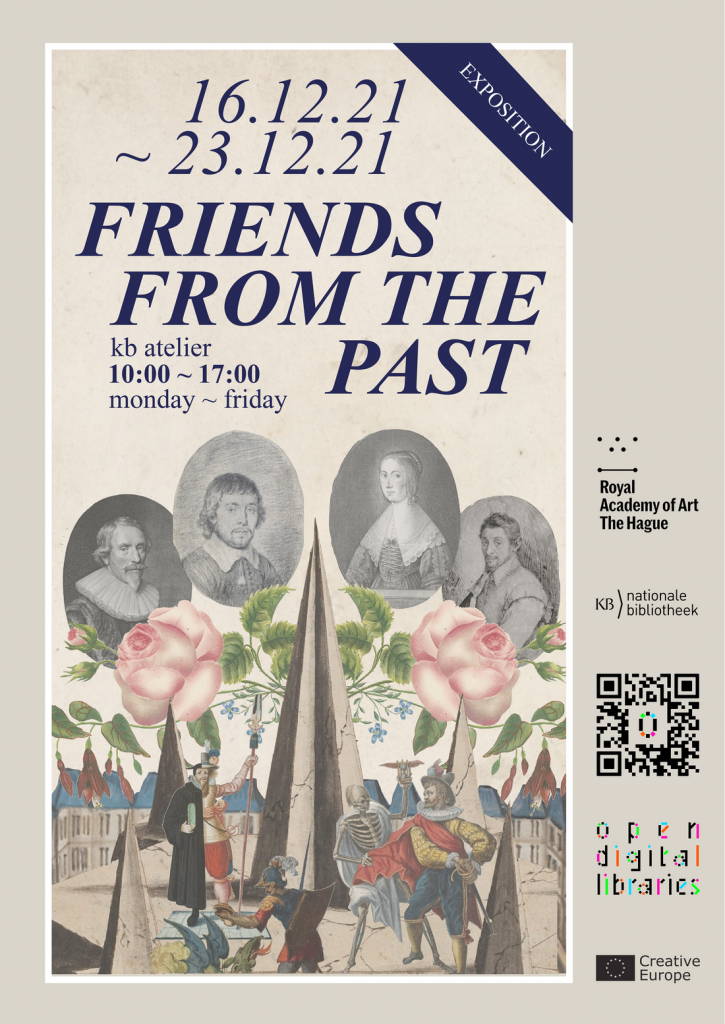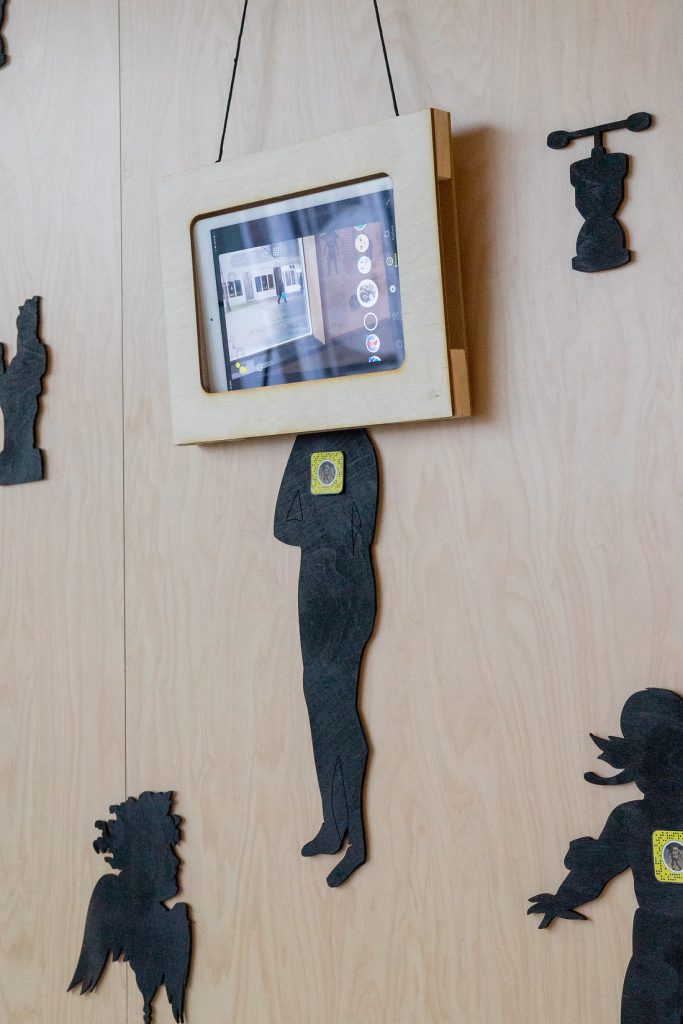A sneak peek into the process of making an exposition for the KB Atelier

The students of IMD are divided in 4 groups: each group will make a prototype according to the assignment (the alba amicorum collection of the KB).
You can follow their process via these URL’s:
Group 1: https://smooth-clutch-fae.notion.site/Client-assignment-bcee7ea3843c46378411d4d4b72ae134
Group 2: https://www.notion.so/TEAM-JETA-117f694817ef4a19ab3b4b893253997d
Group 3: https://elastic-production-d21.notion.site/Group-3-2c3f42349c4444c7a376222154d74855
Group 4: https://www.notion.so/NOVUS-NEXUS-c017e0df054346edb77d088261c8c99a
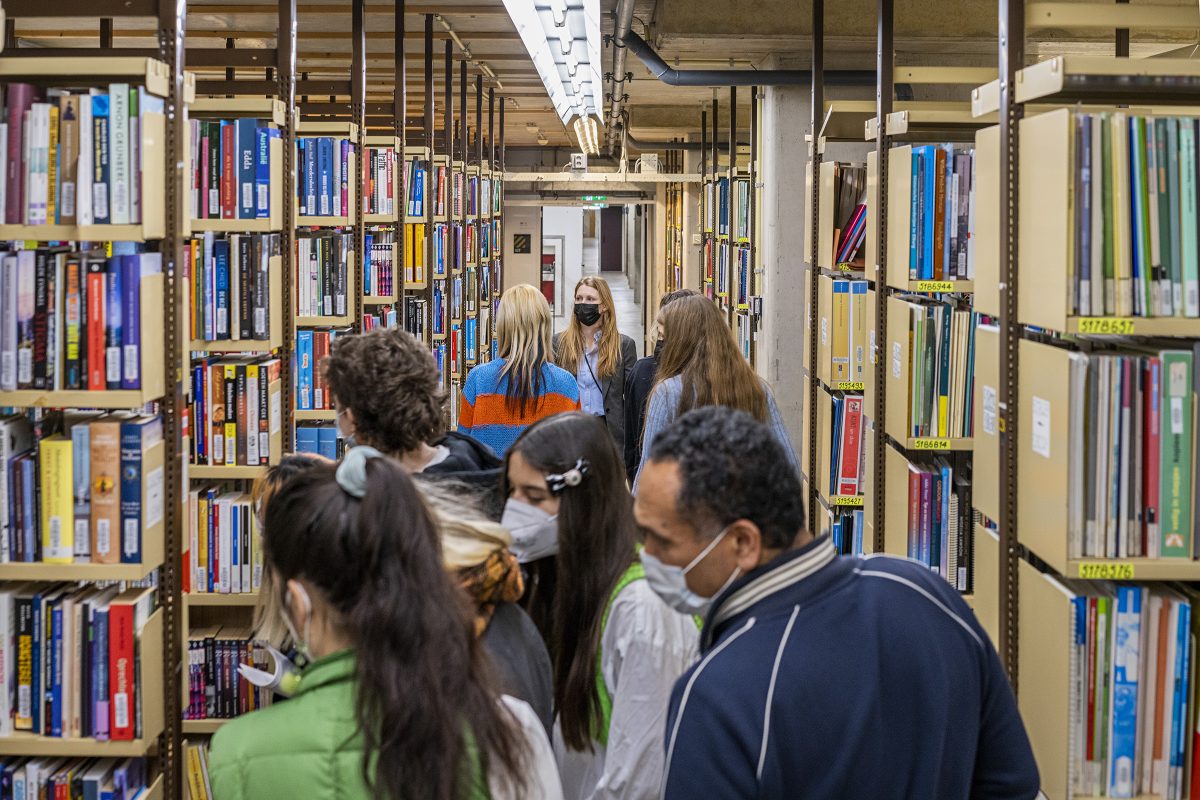
On Monday, 21 February 2022, students from the Master Non Linear Narrative and the Bachelor Interactive / Media / Design departments of the Royal Academy of Art visited the National Library of The Netherlands (Koninklijke Bibliotheek). This day we organized a kick-off for a semester-long collaboration, during which students will research the library’s comprehensive catalogue of alba amicorum (friendship books) with a view to making these resources accessible to a wider audience (like e.g. other makers, creative users). These projects are a follow-up to the project with the KABK’s IAFD department.
The kick-off started on site, with presentations by several restoration experts. These talks were followed by a guided tour of the library’s large-scale storage depot. The program was completed by talks on user accessibility within an open digital context. In order to understand the significance of the alba amicorum collection and gain insight into how archives can function as a source of inspiration for new cultural creativity, students attended presentations by Rianne Koning, Coordinator Public Programming, Jeroen Vandommele, Curator Modern Manuscripts, Sophie Reinders, Assistant Professor at Radboud Universiteit Nijmegen and Dick van Dijk, Creative Director at Waag Society.
[Photo credits: Roel Backaert]


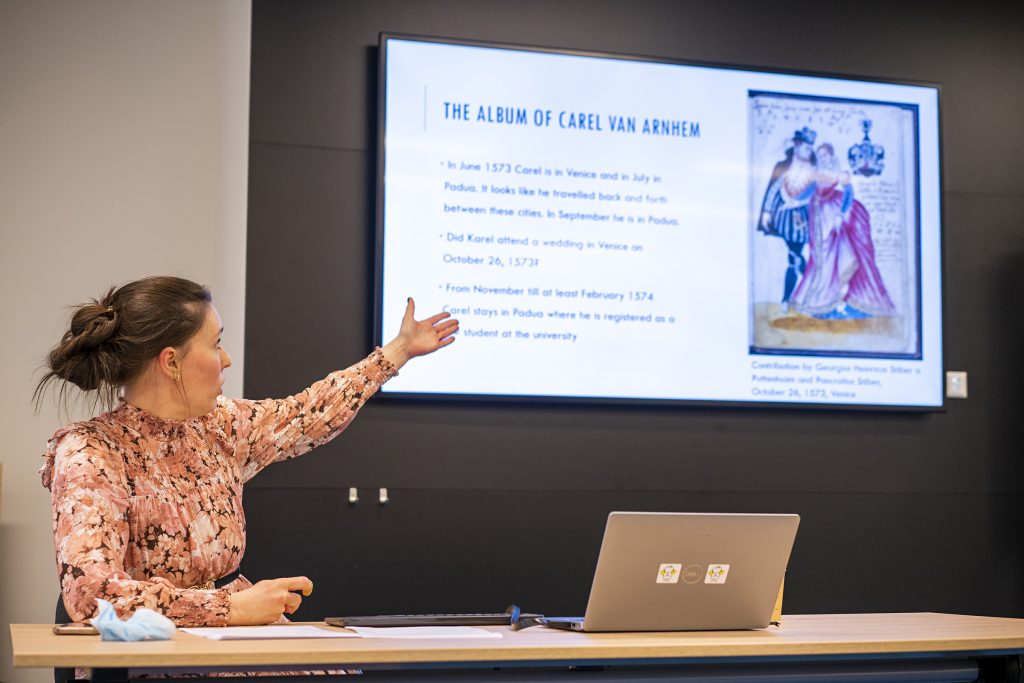
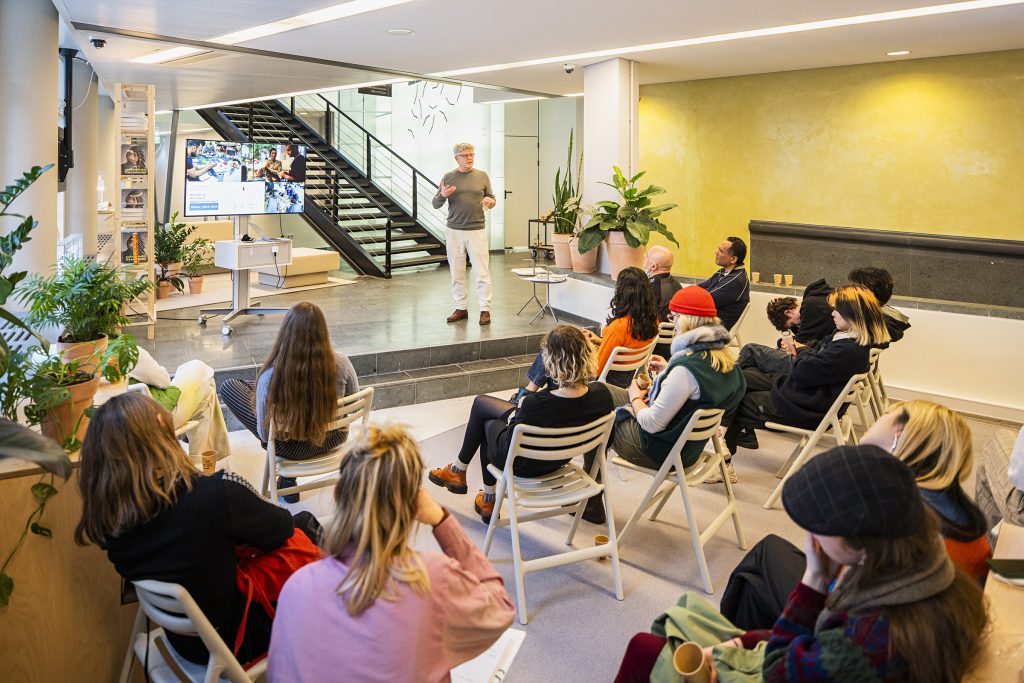
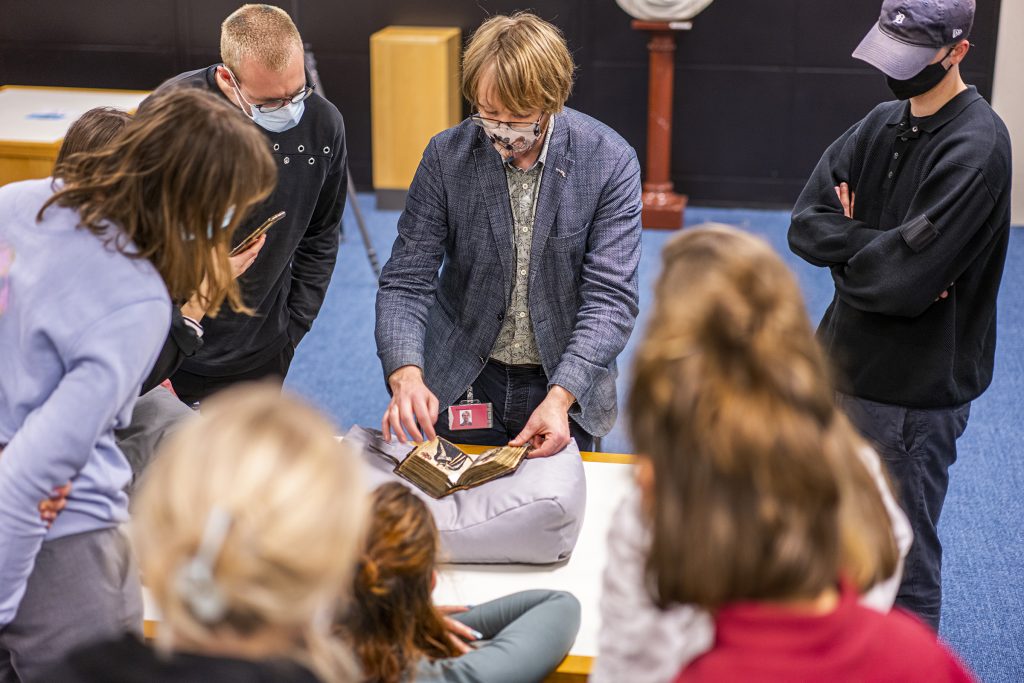
April 4, 2022 @ 10:00 – 17:00
Midterm presentation by NLN and IMD students of their concepts and prototypes.
Rianne Koning
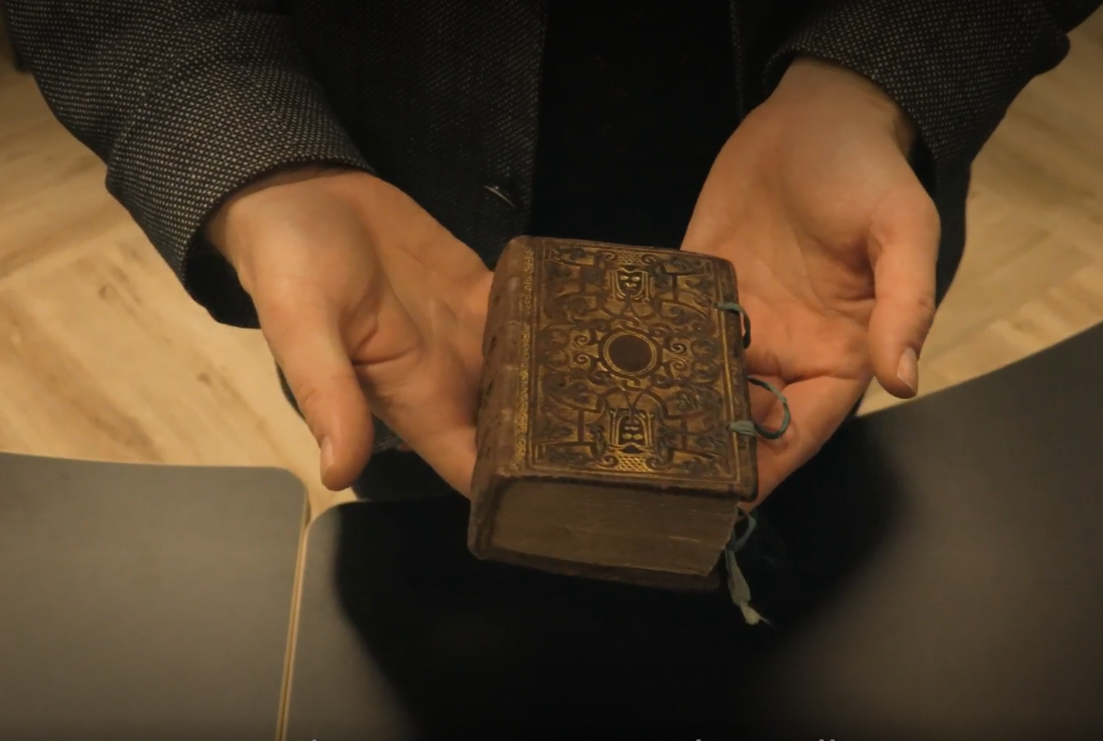
A collaboration between the National Library of the Netherlands (KB) and the Royal Academy of Art (KAKB), The Hague.
15 graduating students of the Interior Architecture and Furniture Design department developed interactive spatial experiences for the visitors of the KB by exploring the unique collection of the alba amicorum, the friendship books from the 16th century and beyond, which can be seen as predecessors of today’s social media.
Film credits: Medina Resic
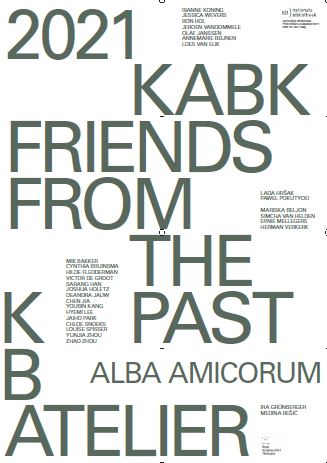
This poster is one of the deliverables of the project with the IAFD students. All 5 projects are summarized in this poster. Credits for the production of this leaflet goes to: Tariq Heijboer & Anne van den Dool, commissioned by the National Library of The Netherlands (KB).
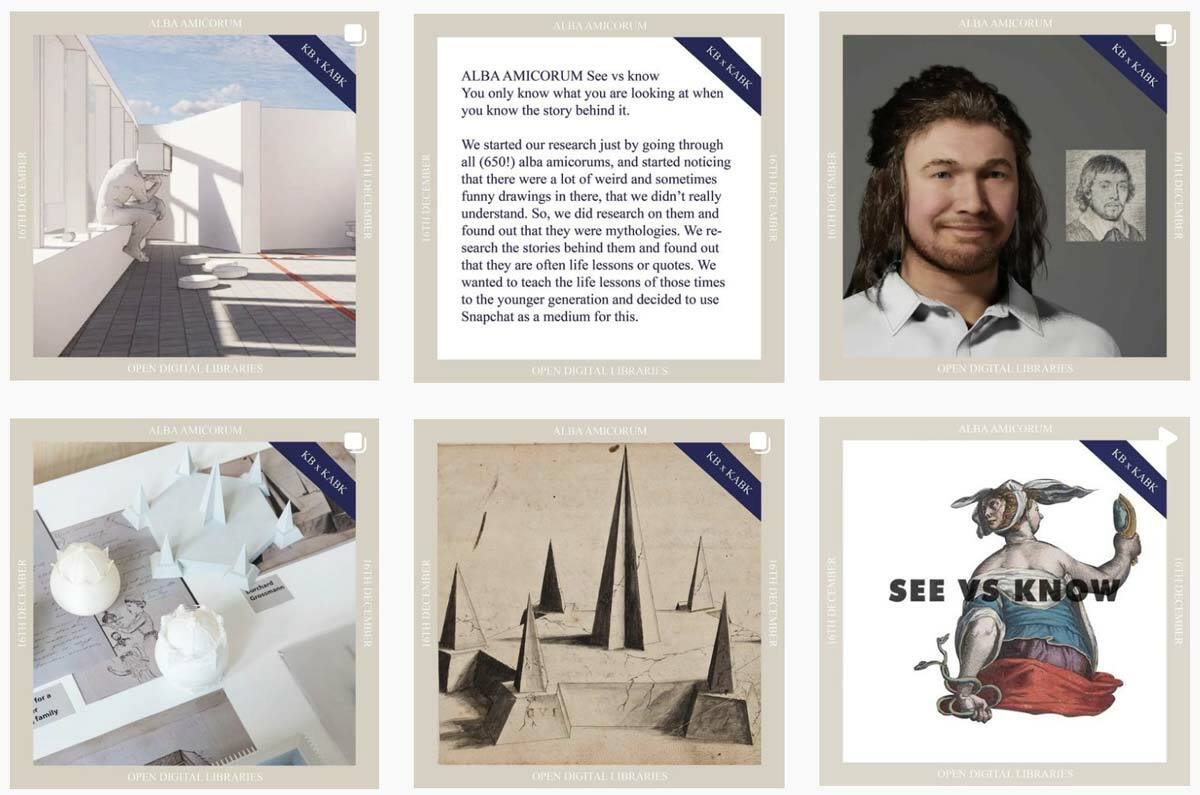
The first collaborative project with students from the Royal Academy of Art, The Hague (KABK) has been successfully completed. This collaboration, part of the Open Digital Libraries project, revolves around making the KB collection more visible and findable.
The first results
In recent months, the first group of fourth-year students from the Interior Architecture and Furniture Design bachelor’s program have been working on making the KB collection Alba Amicorum (friends’ books) attractive. The (digitized) seventeenth-century album by Jacob Heyblocq, rector of the Latin school of Amsterdam, is central to the research. From December 16 to December 23, the five installations are set up in the KB Atelier. On January 22, subject to possible corona measures, it is possible to view the results during the open day in the KABK.
Collaboration between TU Delft and KABK
In order to achieve the objectives, we have started a collaboration with TU Delft and KABK. Students from both programs dive into our digital datasets, our physical and digital collection (from Delpher, to manuscripts, to the web archive) and engage them in conversation with users, students. In this way they hope to be able to map out what national libraries can focus on when it comes to making the treasures that are preserved more visible and tangible. After all, how do you make it clear that the collections of national libraries are owned by and for everyone?
The sequel
From January, a new group of KABK students will continue to work on the question of how a digital collection can be presented to the public. In due course we will share information on how you can get involved, view the results or think along with the students.

KABK-IAFD «Secret Garden»
By – Joshua Holetz, Louise Spisser, Deandra Jauw, Youbin Kang, Victor de Groot
The women albums at that time have some interesting qualities. First, these albums are made in very intimate contexts: the albums remain in the house of the holder and very little people (mostly family members, close relatives or friends) are asked to make something for it. Even though the women albums of the nineteenth century are not as private objects as the albums of the seventeenth century, they are definitely more personal. They are indeed very refined objects, gathering real pieces of art like embroideries and other craftworks that highlight the skills of the maker. As a result, it is a very precious object in the eyes of the owner.
For this project, we have chosen some key visual elements that kept appearing in women albums of that time. The most obvious one is «flowers». At that time, it wasn’t a common thing to associate women with flower, so researchers assume that their appearance may be more related to the idea of nature as inspiration when learning how to draw or linked to the Romantic era, when returning back to nature also meant embracing the ephemerality of life. The two other themes coming forwards that we decided to highlight are textures, from the use of hair or embroideries and cut outs from the very refined punched pages.

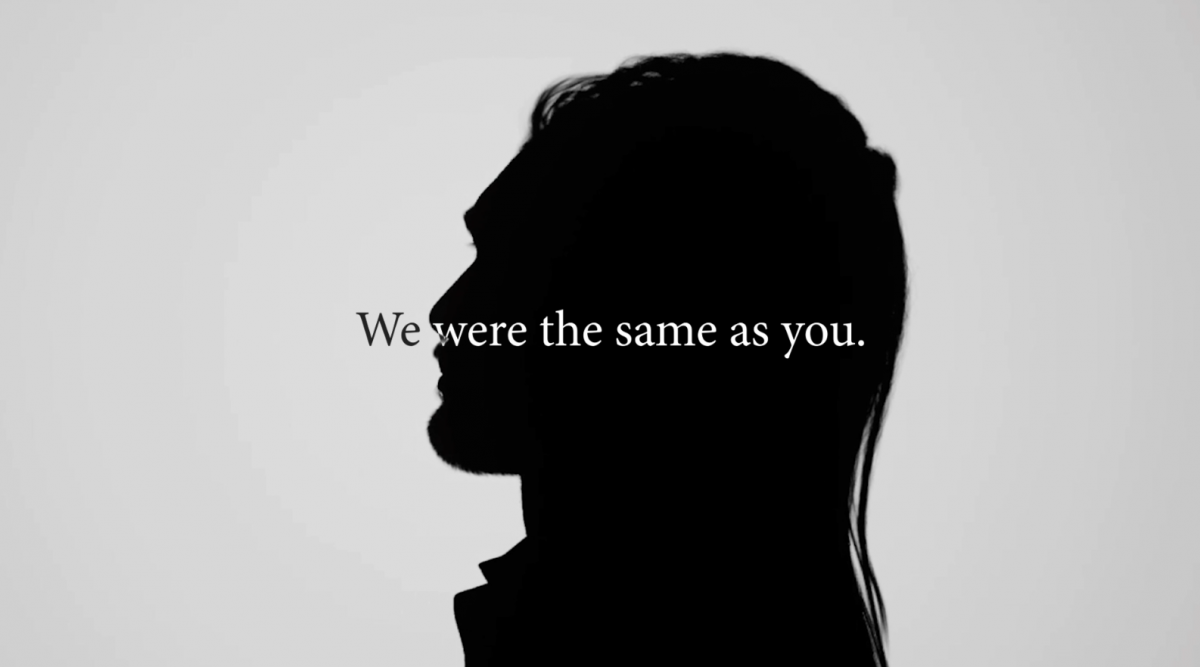
KABK-IAFD «Resurrection»
By – Chloe Snoeks, Hyemi Lee, Sarang Han, Yunjia Zhou
The project stemmed from our distinct experiences and interpretations of the Alba Amicorum. We saw the Alba as a medium for time travel to network with the people who contributed or owned these books. Networking is a central concept to us, a natural instinct of human beings. Despite being centuries apart, these Alba figures were quite similar to us.
To those in the present day, we think “they were the same as us.”; to those in the past, they think “you still do what we did”.
Four individuals extracted from the 17th century were “revived”. They inform us about the Alba contents: Jacob Heyblocq as the representative, Anna Maria van Schurman as the moderator, Jacob Cats as the contributor, and Crispijn de Passe as the maker. These four were transformed into modern avatars. Avatars are used as a method to contemporise history by bringing the past to the present, and upgrade the past figures to current and potential future time periods. The KB building will thus become a bridge between two timelines, to allow present and past to be together and interact in the same space. We see this digital theatre as an opportunity of the future library.



